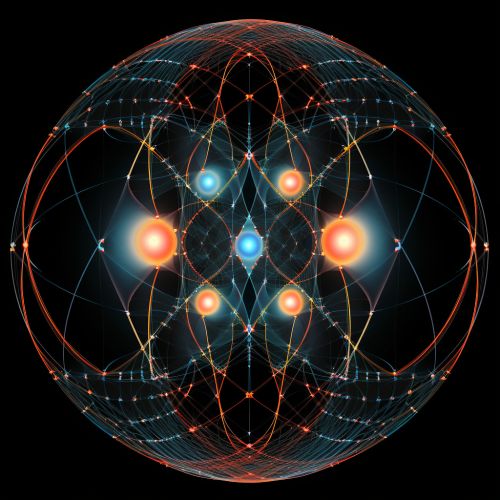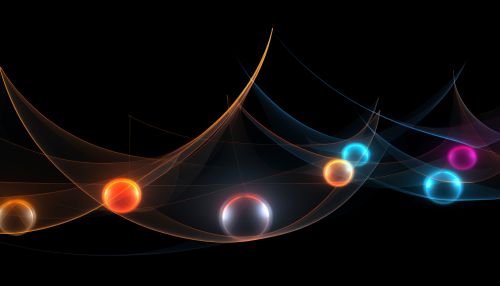M-Theory
Introduction
M-Theory is a theory in physics that unifies all consistent versions of superstring theory. The existence of such a theory was first conjectured by Edward Witten during a string theory conference at the University of Southern California in the spring of 1995. Witten's announcement initiated a flurry of research activity known as the second superstring revolution.


Background
The initial version of M-Theory was the 11-dimensional theory discovered by Eugene Cremmer, Bernard Julia, and Joël Scherk in 1978. This theory, called 11-dimensional supergravity, was regarded as a kind of "missing link" between 10-dimensional string theories and the 4-dimensional physics observed in nature.
Development
In the years following Witten's announcement, the term M-Theory was used to describe a whole class of theories based on different types of mathematical structures called Lie groups. These theories included not only the original 11-dimensional theory, but also numerous other theories that emerged as scientists learned more about the theory's mathematical underpinnings.
Key Concepts
Branes
In M-Theory, a brane is a physical object that generalizes the notion of a point particle to higher dimensions. Branes are dynamical objects which can propagate through space according to the rules of quantum mechanics. They have mass and can have other attributes such as charge.
Duality
A central concept in M-Theory is the idea of duality, which states that two seemingly different theories can be equivalent in a nontrivial way. Dualities allow physicists to relate the properties of a theory with one type of coupling constant to the properties of a theory with a different type of coupling constant.
Extra Dimensions
M-Theory posits that the universe is made up of 11 dimensions: 10 spatial dimensions and one time dimension. These extra dimensions are compactified or hidden from our perception.
Implications
M-Theory has profound implications for our understanding of the universe. It suggests that multiple different descriptions of the universe, all equally valid, can coexist. This has led to the concept of the "multiverse" or "landscape" in string theory.
Criticisms
Despite its promise, M-Theory has been the subject of several criticisms. Some critics argue that it is not a fully defined theory, as many of its properties are still conjectural. Others point out that it has not yet made any testable predictions.
